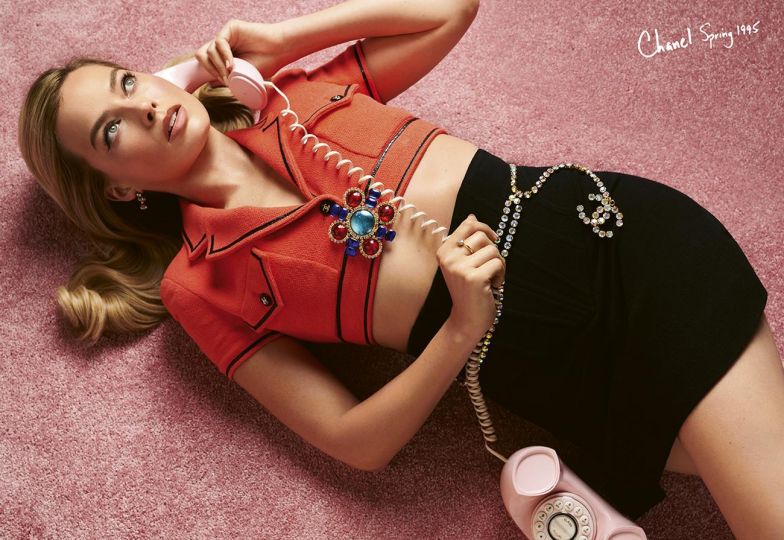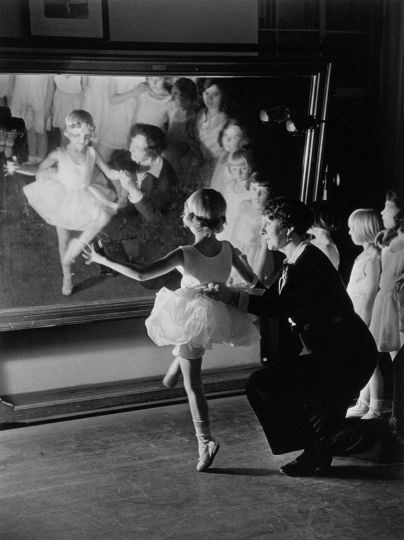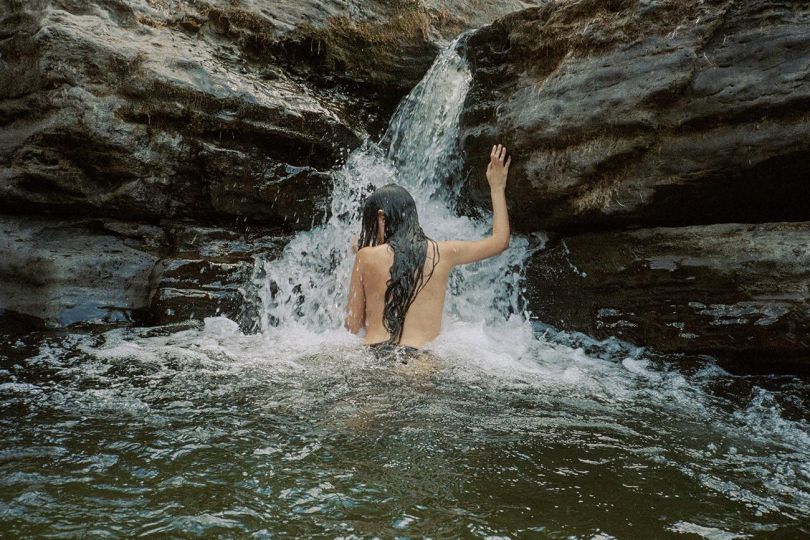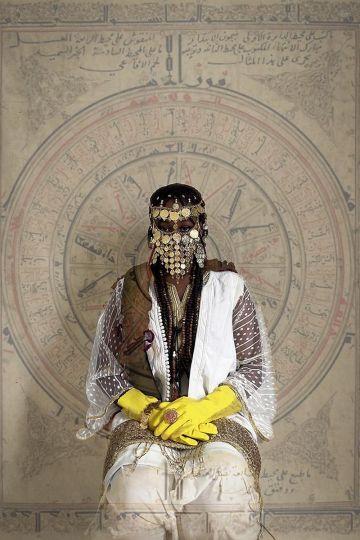On the banks of the Pu River that flows through this 25 million-people megacity Shanghai and cuts it into Puxi (West of Pu) and Pudong (East of Pu), the local government has created in the south-west of the Famous Bund a new art district, christened “West Bund”, housing for the time being two private museums: the Long Museum and the Yuz Museum, plus an exhibition center for design and contemporary art fair the West Bund Art. Right next to the fair is located a little jewel for photography that is the Shanghai Center of Photography short for SCôP with a circumflex on the “o” to symbolize the lens of a camera. Created by Liu Heungshing, a former photojournalist with Associated Press, whose successful exhibition on the history of Chinese photography “From Grain to Pixel” I had previously covered in my reporting for the Eye of Photography.com on Photo Shanghai 2015, SCôP has since launched another original exhibition: this time about Hong Kong Photography.
Called « HS » by his friends, Liu was born himself in Hong Kong in 1951, and has brought together a selection of pictures from six HK photographers around the theme of portraiture. Karen Smith the curator names the exhibition « Figures of Speech », an expression that calls to mind « figures » or portraits that do not necessarily represent who they really are. Like the fantasy portraits by French artist Jean-Honoré Fragonard of 1769, here the art of photographic portraiture highlights the question of reality behind the appearance, behind the costumes and the make-up or the posing, we are hence far from documentary photography here.
With the rise of China as the world’s second largest market for cinema, we tend to forget that in her hey days Hong Kong was for many years the Cinecittà of Asia.
Fan Ho who was born in 1931 in Shanghai and who lives in San Francisco today has enjoyed a successful career in HK movie industry as an actor and later as a director, he is currently a darling of photography collectors who love his pictorialist black & white street shots. There are three 1950’s vintage prints by Fan Ho at the SCôP that share the common art of concealment, one that is to not reveal the actual persona of the sitter in front of the camera.
Yau Leung born in 1941 in HK and died in 1997 in HK, is the archetypal photographer of Hong Kong’s “roaring sixties” as they say about London and David Bailey. Yau’s color photographs of models, starlets and divas of cinema studios from Shaw Brothers or Cathay at the time, cause an unspeakable dual sentiment: one of nostalgia comparable to the emotion provoked by Jean-Marie Perrier’s photos of the 1960’s Ye-Ye pop singers in France or a shiver of malaise when you realize that on the other side of the Pearl River during the same time China was engulfed in ten years of terror and suffering. That evocation brought an awkward smile to some young Chinese visitors to SCOP when they stumble upon these fake revolutionaries reconstituted by the leftist photographer Meng Minsheng (born in 1919 in Shanghai and died in 2007 in Hong Kong). Meng was frustrated for not being able to join the Great Cultural Revolution despite his enthusiasm, he also was deprived of any visual depiction of the events that were happening on the continent. Himself being also a photographer for the movie studios he has produced plenty of images of 1960’s pin-ups, Meng set out to re-enact in his studio scenes narrated by revolutionary propaganda, setting stage entirely out of his own imagination. One of the most amazing is this photo inspired by Chairman Mao’s call for the African people’s awakening and uprising, interpreted by two of his friends disguised in African wig with blackened faces and daubed lips, wearing flower shirt and marching with rifle in hand, against a background of glowing red flames .
What is Hong Kong’s identity today? That is the question facing Hong Kong people themselves since their return to China in 1997 and especially since the “Occupy Central” protest movement also called “the Umbrella Revolution”. SCôP presents two contrasting visions as an acknowledgement to young contemporary photography and in a counterpoint to their elders. This couple born in 1968 in Hong Kong, Leung Chi Wo + Sara Wong, inspired by Roland Barthes’ concept of “that has existed”, created a series of self-portraits that are meant as a reconstruction from old images found in newspapers and magazines. Dressed in similar clothing as the targeted character they photographed the back side of each other against a monochromatic backdrop, holding the same attitude as in the original photograph. One photo stands out, that of a sailor from the US Navy taking a picture with his camera, which recalls the time when the Wanchai district of HK was as animated as bars in Manila or Bangkok during the years of the Vietnam War when US Navy warships called in for “Rest and Recreation”. It is not by chance that the series is entitled “He was lost yesterday and we found him today”, it seems to perfectly reflect the state of Hong Kong’s identity today, because the Hong Kong of yesterday is definitely lost, but we are not sure that we have found her yet today.
This “fragrant harbor” that has been for so many years smelling the fragrance of the dollar bill, is now drowned in the fumes of exhaust pipes from traffic congestion and from Chinese factories located on the other side of the Pearl River, this smog makes the reading of Hong Kong’s future even more uncertain and unpredictable.
I almost forgot to mention the work of another photographer Stanley Fung from Taiwan, who was born in 1961 in Hong Kong but lives in Taiwan since the age of four, his father founded the first Methodist Church in Taiwan. Stanley studied at the Theological Seminary College and was ordained a pastor in 2008. His “Dust Icon” series is inspired by images from the Bible, and made entirely with the complicity of church faithful in a studio. Apart from the fact that his models take the pose as shepherd or virgin in an elaborated chiaroscuro staging, it is hard to see a relationship with Hong Kong. Perhaps we can expect an exhibition on Taiwan photography at the SCôP in a near future?
Jean Loh from Shanghai
















